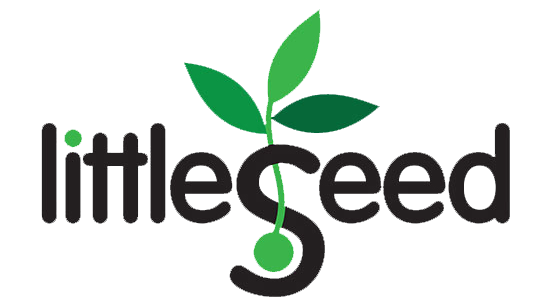Regenerative Agriculture VS Organic Agriculture
Sustainable food production in the UK is more important than ever, and two farming approaches are leading the way: Organic and Regenerative Agriculture. While most people are familiar with organic farming, do you know what regenerative agriculture is all about? And how do these two methods differ in their values, goals, and approaches?
Organic Farming: Certified Sustainability
Organic farming is built on strict standards and certifications, ensuring that farmers avoid synthetic pesticides, artificial fertilizers, and genetically modified organisms (GMOs). Instead, organic farmers focus on natural inputs, maintaining healthy soil through composting, crop rotation, and natural pest control. The goal is to produce food in a way that sustains the environment while following set guidelines.
Regenerative Farming: A Holistic Approach
Regenerative agriculture is less about fixed rules and more about results—a whole-farm approach that often goes beyond the sustainability efforts of organic farming. As MD of littleseed, Adam Palmer, says:
“We need to be able to grow food for years to come, and it’s really important to look after our main asset, which is the soil.”
Rather than just sustaining the land, regenerative farming actively improves it. This means restoring soil health, increasing biodiversity, and strengthening ecosystems through practices like:
· Cover cropping – Planting between growing seasons to protect, enrich, and maximize soil coverage, improving soil health and biodiversity.
· Crop rotation – Alternating crops in each field to naturally enhance soil fertility, improve biodiversity, and reduce pests and disease without relying on chemicals.
· Minimum/no tillage – Reducing soil disturbance to preserve structure, prevent erosion, and enhance soil health by limiting traditional tillage practices such as ploughing and drilling.
· Integrating livestock – Grazing livestock on arable land to enhance soil health by adding organic matter and mimicking natural ecosystems, promoting biodiversity and nutrient cycling.
(All of which we do on our own farm)
What is the main difference between regenerative and organic agriculture?
The main difference between regenerative and organic farming lies in their approach to inputs and soil management.
Organic farming strictly prohibits synthetic pesticides and fertilisers, relying solely on natural alternatives. Regenerative farming, however, allows their use, when necessary, with the primary focus on improving soil health. While not prohibited, synthetic inputs are used sparingly and only to support soil regeneration.
While both systems aim for sustainability, regenerative agriculture focuses on actively improving soil health, biodiversity, and carbon sequestration, rather than just maintaining standards.
Is regenerative better than organic?
These two types of farming are different but not mutually exclusive. Organic farming can be part of a regenerative farming practice.
Every farm is unique, and what makes regenerative agriculture so powerful is its focus on outcomes rather than strict guidelines. Whether it’s enhancing soil health, increasing biodiversity, or improving carbon sequestration, farmers can adapt regenerative principles to suit their land and ultimately benefit the environment.
At littleseed, we believe in farming with the future in mind. By adopting regenerative practices, we’re not just producing high-quality food—we’re actively improving the land for generations to come.
Want to learn more? Follow us on social media for insights into regenerative farming, what we do for the future, for farming and for the planet.
